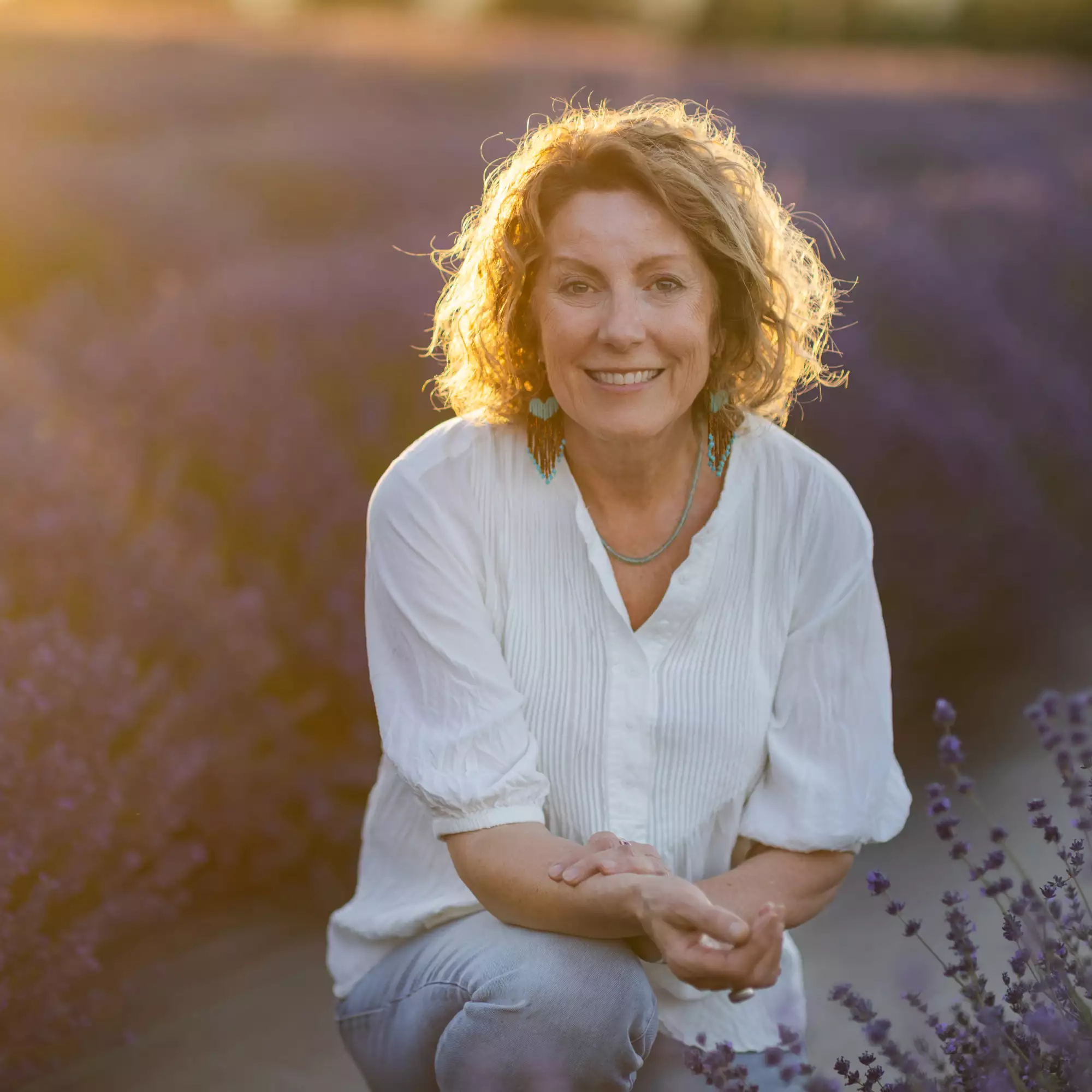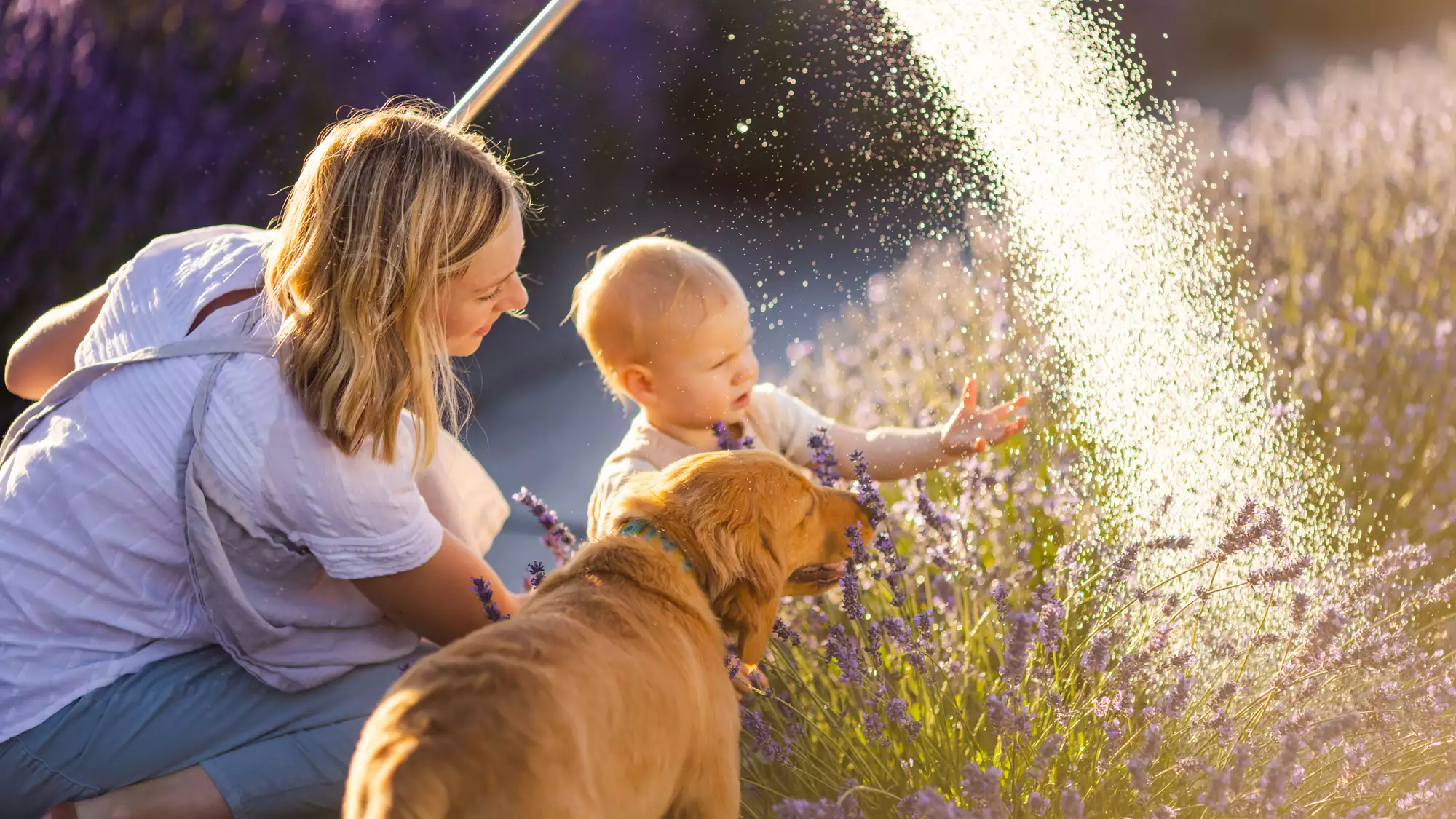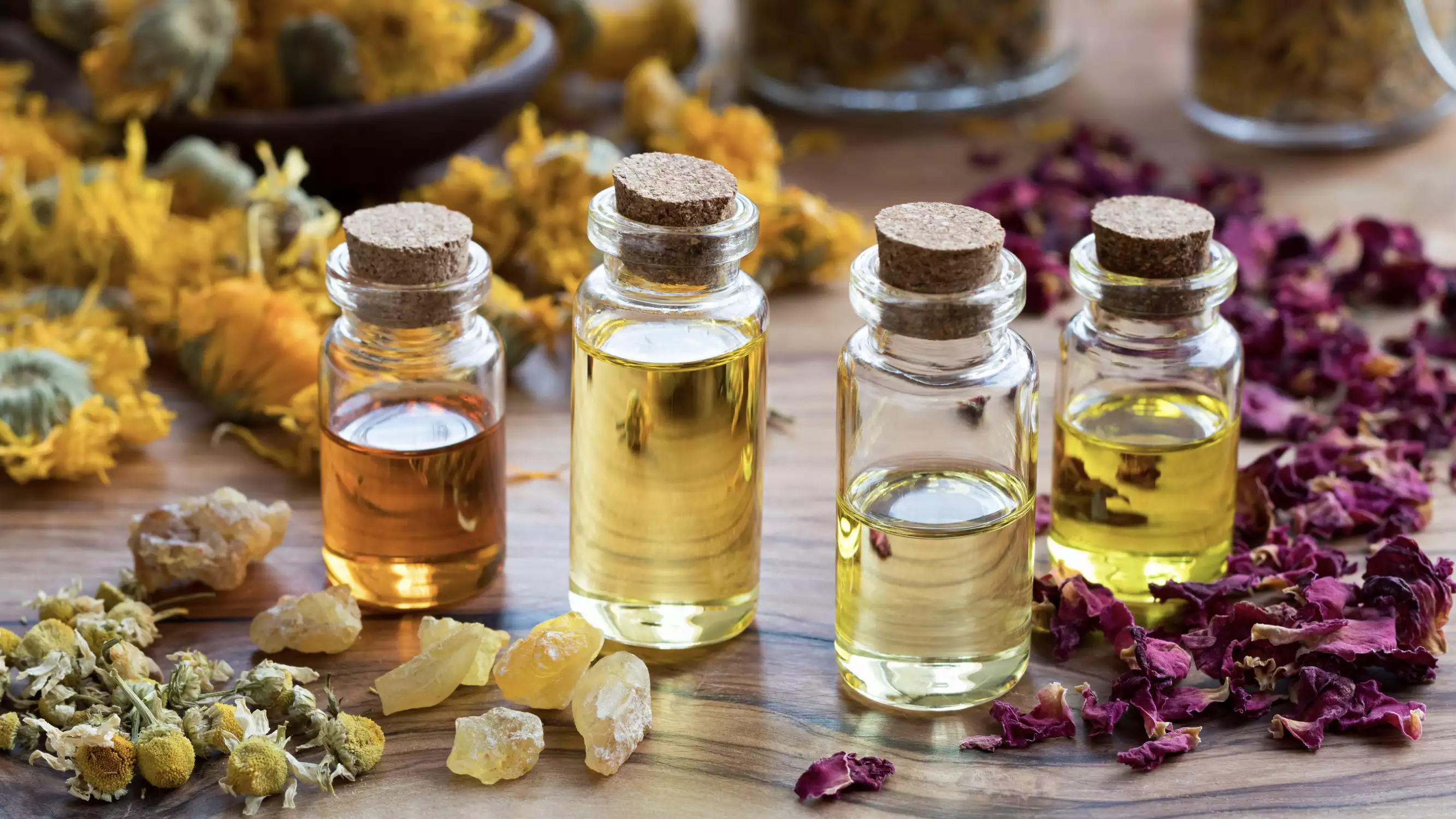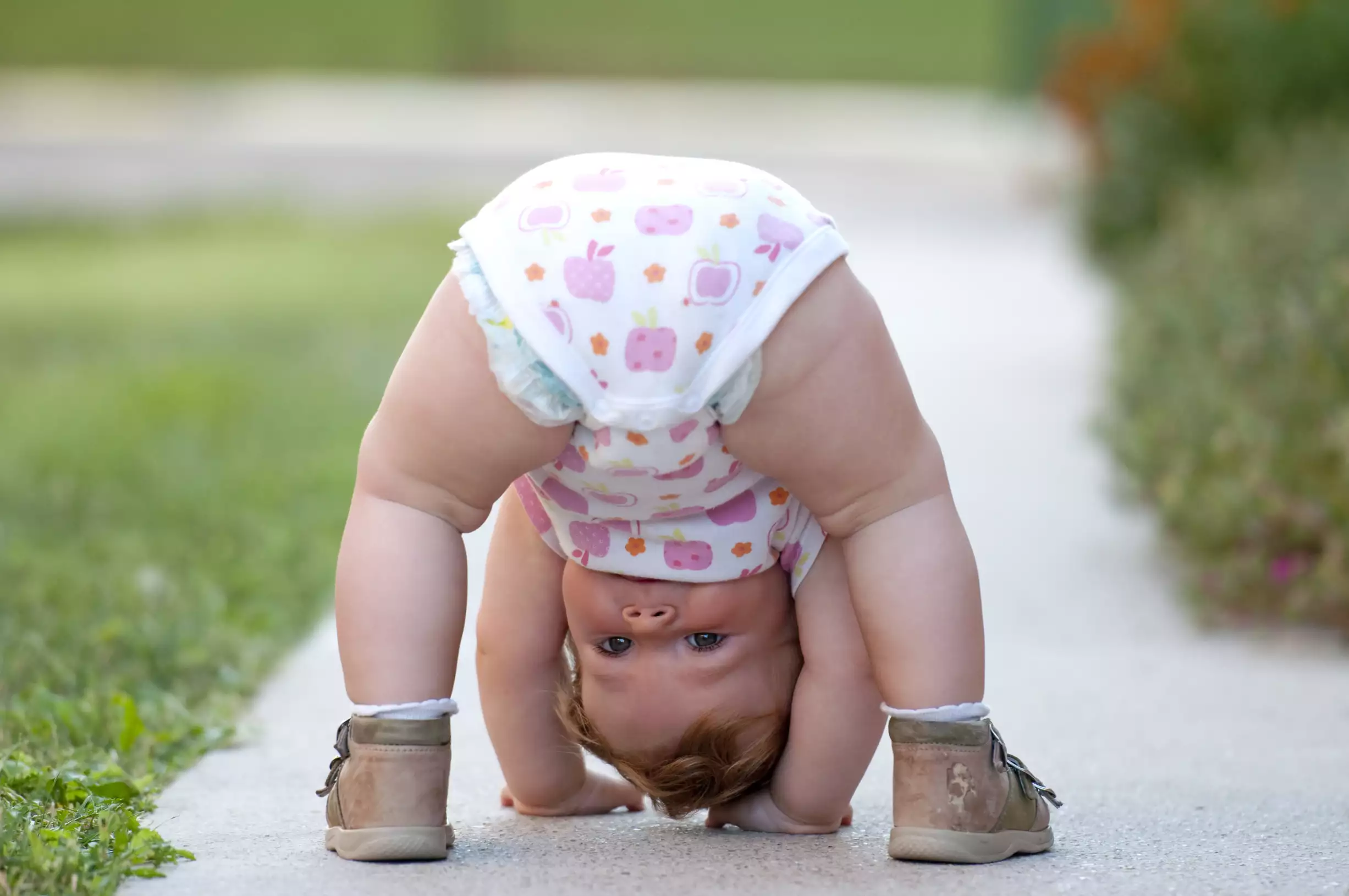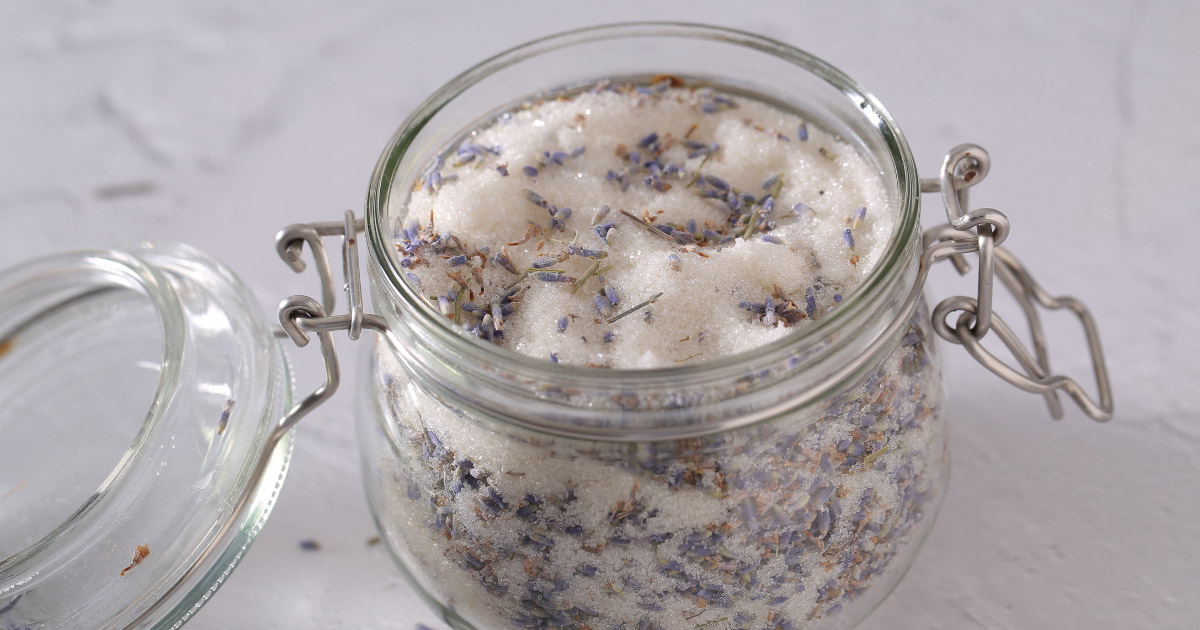How to Store and Organize Your Essential Oil Collection
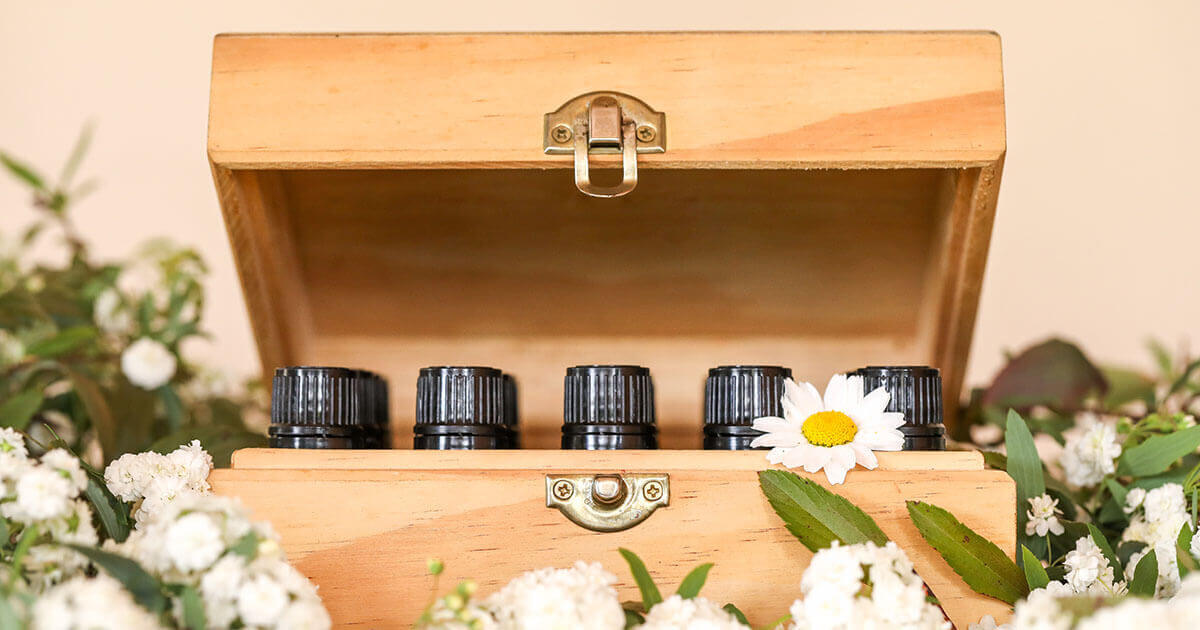
Do essential oils go bad?
The short answer is yes, essential oils do “go bad” (in a way). Everything in nature has a season, and every organic substance has a shelf life. Essential oils are organic substances that naturally oxidize—that means their molecules lose electrons over time. And as the molecules within essential oils break down, their characteristics and properties change.
An oxidized essential oil may not be as potent as a fresh oil. It might even cause issues like skin irritation or sensitization. If you were to compare an oxidized oil to a fresh one, you might find the oxidized oil’s aroma isn’t as pure or vibrant.
How can you stop essential oils from oxidizing and make them last?
You can’t—not 100%. However. . .
You can slow down oxidation and maximize the shelf lives of your essential oils based on how you buy and store them.
Here are some pro tips!
Start with the freshest oils!
Oxidation begins right after an essential oil is distilled, as soon as it is exposed to heat, light, or oxygen.
Think about slicing a fresh, crisp apple, then leaving it out on the counter for a few hours. The apple slices will start drying out and turning brown, demonstrating oxidation in action. You can slow the process by storing your apple slices in a closed container, or spritzing them with lemon juice, but you can’t completely stop them from turning brown and soft. (Fortunately, essential oils oxidize at a much slower rate than apple slices!)
That’s why you want to buy the freshest oils possible.
Remember—an oil’s shelf life doesn’t begin on the day you purchase it.
An oil’s shelf life starts on its distillation date.
So when you buy an oil, it’s important to pay attention to the season & year it was distilled, as well as its typical shelf life.
Let’s say you want to buy a bottle of lavender oil (Lavandula angustifolia). Its shelf life is about 6 years. The company you’re purchasing from should share that information and should know when that particular batch of lavender oil was distilled. If you can’t find the information clearly displayed on the website, contact the supplier and ask for the distillation date. Most reputable suppliers are happy to give you this info. (If they won’t share it, that likely means they either don’t know for sure, or the oil’s remaining shelf life is too short for it to last long.)
If the lavender oil was distilled 2 years ago and its shelf life is 6 years, that means there are 4 years left in its shelf life. If you buy that bottle of lavender, it will last 4 years on your shelf (assuming you store it properly—we’ll get into storing your oils in a moment!)
Not all oils have a shelf life of 6 years, like lavender. Different essential oils oxidize at different rates because they have different molecules. Some essential oils last 1-2 years, while others can last for over 8 years. (And some oils—like patchouli—can last even longer!)
Store your essential oils so they’ll last!
Oxidation takes place in reaction to heat, light, and oxygen.
Store your essential oils in a cool, dark area, and keep the bottles tightly closed.
It also helps to keep your essential oil bottles as full as possible so there’s less oxygen in the bottle (but there’s only so much you can do about that!). If you’re a professional aromatherapist, you can buy your oils in larger bottles and decant them into smaller ones.
Some aromatherapists like to store their essential oils (and other aromatherapy products) in the fridge, even having a special “aromatherapy fridge” that isn’t used to store food. (Just be aware that if you do this, some oils—like rose—may crystallize in the cold. That’s natural. Just take them out of the fridge and let them return to room temperature before you want to use them.)
But you don’t have to keep your essential oils quite that cold. It’s enough to keep them in a cool, dark location, out of heat and light, in tinted glass bottles (the colored glass prevents light from getting through to the oil) that are tightly closed.
The same rules apply to any blends you make. Store them in a cool, dark location and keep the bottles closed. It helps to use tinted glass bottles, too—amber and cobalt blue are popular colors.
That said, if you make a body butter with essential oils, it’s okay to use clear glass. The butter itself is so thick that it prevents light from getting to the oils in most of the product.

Keep your essential oils organized
This part is fun! Find yourself a storage system or case that helps keep your essential oils organized.
You can keep your oils in a drawer, get a storage box or case with individual compartments that hold each bottle, or display them on a tiered shelf. Some people even use spice racks or nail polish displays to hold their oils! (What a fun way to decorate your space!) Just be sure that where you store or display your oils isn’t in an area that gets too warm (like the kitchen or a window), and make sure they’re out of reach of children.
If you like to take your oils on the go, you might want a travel-friendly organizer, too.
If you love aromatherapy, you’ll soon have lots of little bottles and blends here and there around your house. It’s easy to lose track of what’s in which bottle!
Be sure to keep all of your bottles labeled—your essential oils and the blends you make.
Most companies sell their bottles with “top dots”—little stickers on the lids with the oils’ names on them. So if you want to store your oils in a drawer or a case, you can tell what’s what just by the bottles’ lids.
Wherever you store your oils, it’s a good idea to keep a list of your inventory and each oil’s “expiration date.” Go through your collection regularly to remove any oils that are oxidized. You can use them in recipes where their therapeutic properties aren’t the main focus, like your blends for natural cleaning.
Ready to go pro as an aromatherapist?
Your essential oil collection is growing, you’re making more and more blends, and you’re even giving them away to people . . . maybe it’s time to think about starting your own aromatherapy business!
Use our new free guide, Becoming a Professional Aromatherapist, to understand what you need to get started, find the niche where you’ll feel at home, and get a step-by-step plan for success.

